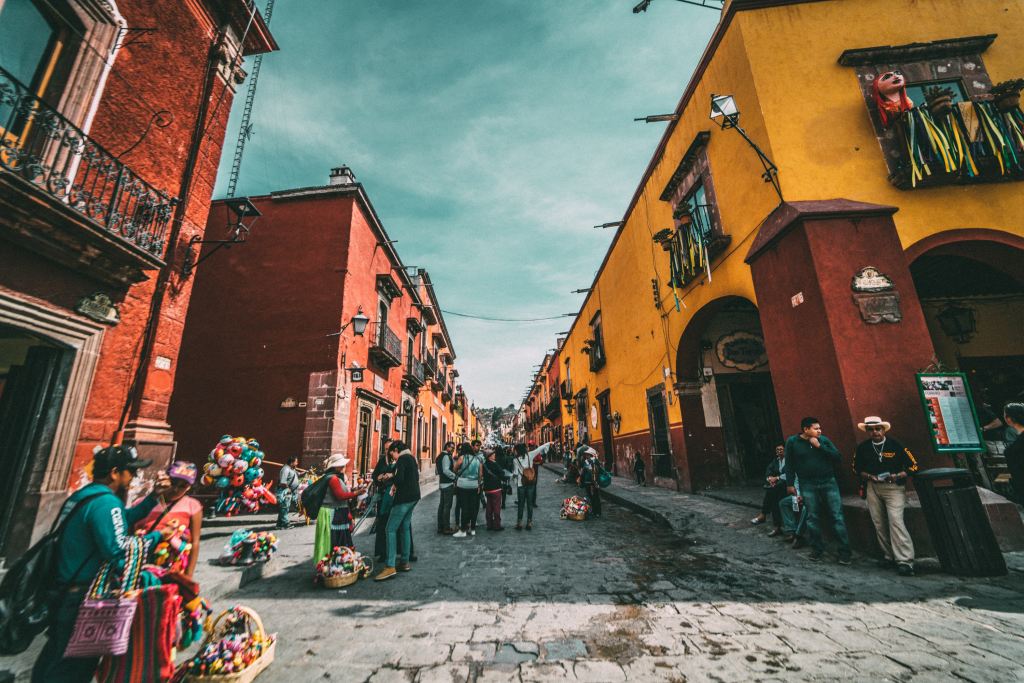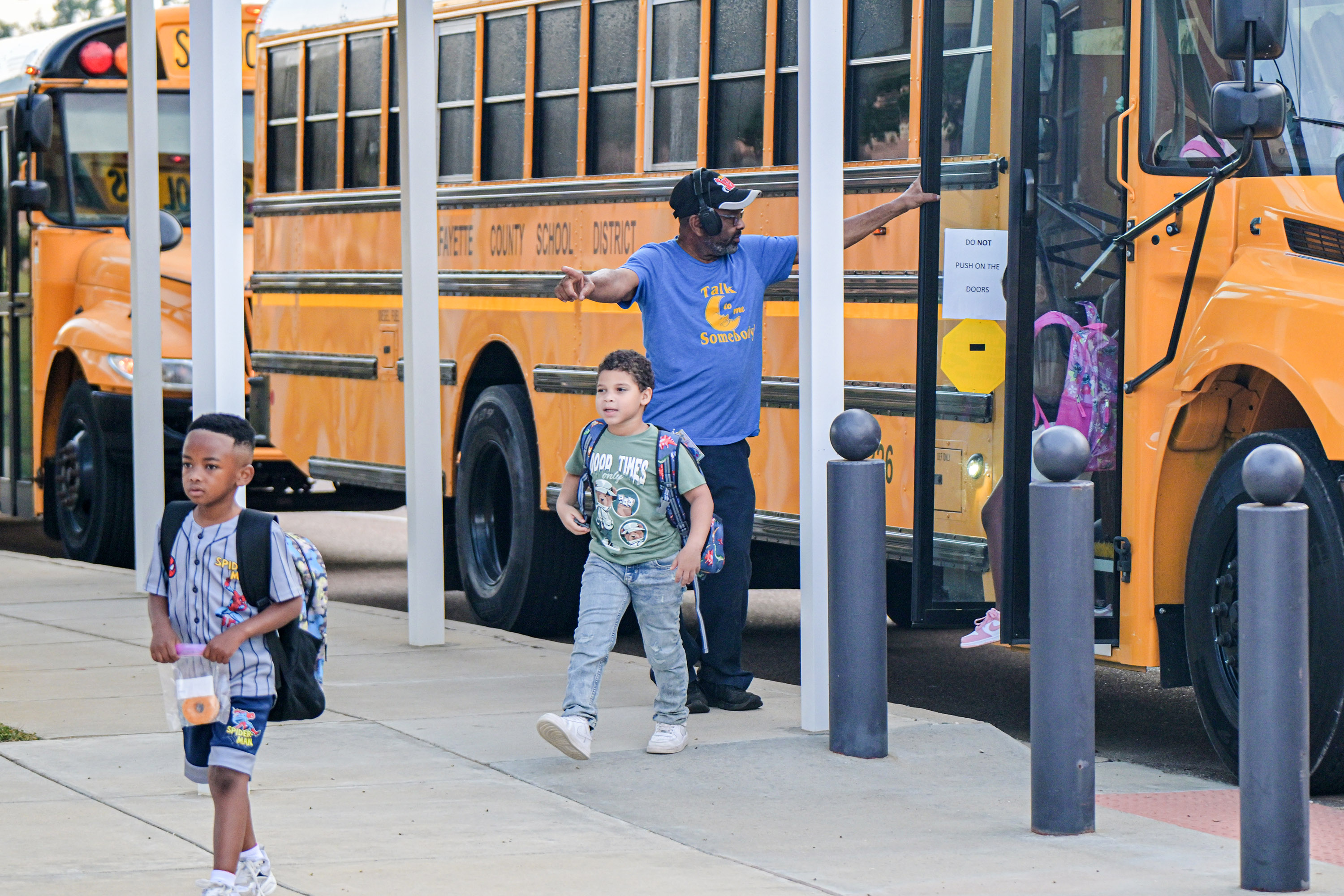Bracero: Nothing more permanent than temporary workers
Published 7:30 am Wednesday, July 12, 2023

- A Mexican street. (Jezael Melgoza/Unsplash)
By Gene Hays
MSgt, USMC (Ret)
The Bracero (laborer) program refers to agreements between the US and Mexican governments that allowed Mexican workers to fill seasonal jobs on US farms. With farmers deployed overseas in World War I, the guest workers primarily worked in the sugar beets fields.
Along with sugarcane, sugar beets were among the most common plants used in the production of white sugar. Sugar beets were also used to produce other types of refined sugar, such as molasses and brown sugar.
Trending
The US Department of Labor required farmers who wanted to employ Braceros to obtain certification from their local Employment Service office that there were not sufficient US workers to fill the jobs they offered.
The written contracts farmers had with Braceros offered the same wages that were paid “for similar labor in the community in which the admitted aliens are to be employed.” Braceros received six-month work permits that could be renewed once and had to leave the US at the end of their contracts “at no cost to the US government.”
However, many farmers did not pay for the return transportation, and some Braceros stayed in the US. Some of the first Mexican barrios (communities) became part of cities in the north like Detroit, Chicago, and New York along with Des Moines in central Iowa, Council Bluffs in the west, and Fort Madison in the south.
The 1917-21 Bracero program ended with mixed results. Farmers wanted Mexican workers, and the Mexican government wanted jobs for peasants who would send their money home to Mexico to support their families and improve their economy.
The outbreak of WWII allowed many so-called Dust Bowl migrants to join the military or find nonfarm jobs, prompting farmers to complain of labor shortages and the US and Mexican governments to launch another Bracero program that began to admit Mexican workers in September 1942.
This wartime Bracero program was expected to expand quickly and then shrink as soldiers returned. However, the program expanded slowly, to 62,200 in 1944. The number of Braceros shrank to less than 20,000 in 1947, but illegal immigration surged.
Trending
During WWII, there was about one apprehension of an unauthorized Mexican for each Bracero admission. By 1947, there were ten apprehensions for each admission, as both farmers and workers learned that they could save money by finding each other outside the legal guest worker system.
Farmers realized they did not have to pay transportation costs for unauthorized workers, and US workers and unauthorized Mexicans did not have to be paid the $0.30 an hour minimum wages stipulated in Bracero contracts. Mexicans who arrived illegally avoided the bribes that often had to be paid to gain entrance to Bracero recruitment centers. Legal immigration from Mexico peaked in 1956.
The Bracero Program was controversial in its time. Mexican nationals, desperate for work, were willing to take arduous jobs at wages scorned by most Americans. Farm workers already living in the United States worried that braceros would compete for jobs and lower wages.
In theory, the Bracero Program had safeguards to protect both Mexican and domestic workers. For example, guaranteed payment of at least the prevailing area wage received by native workers; employment for three-fourths of the contract period; adequate, sanitary, and free housing; decent meals at reasonable prices; occupational insurance at employer’s expense; and free transportation back to Mexico at the end of the contract.
Employers were supposed to hire braceros only in areas of certified domestic labor shortage and were not to use them as strikebreakers. In practice, they ignored many of these rules and Mexican and native workers suffered while growers benefited from plentiful, cheap, labor.
Between the 1940s and mid-1950s, farm wages dropped sharply as a percentage of manufacturing wages, a result in part of the use of braceros and undocumented laborers who lacked full rights in American society.
The third major Bracero impact reinforced the adage that there is nothing more permanent than temporary workers. US farm employers adjusted to the availability of Braceros and planted more crops that relied on low-cost hand labor.
Meanwhile, Mexicans workers became accustomed to higher wage US jobs, setting the stage for large-scale Mexico-US migration after the legal guest worker programs ended.
Over 10 percent of the 130 million people born in Mexico live in the US, and some of the large-scale Mexico-US migration in the 1980s, 1990s, and 2000s can be traced to the migration networks established during earlier Bracero programs.
Gene Hays studied history at Pepperdine University, with distinction Colonial Latin American History. He can be reached by email: rghays47@gmail.com.





